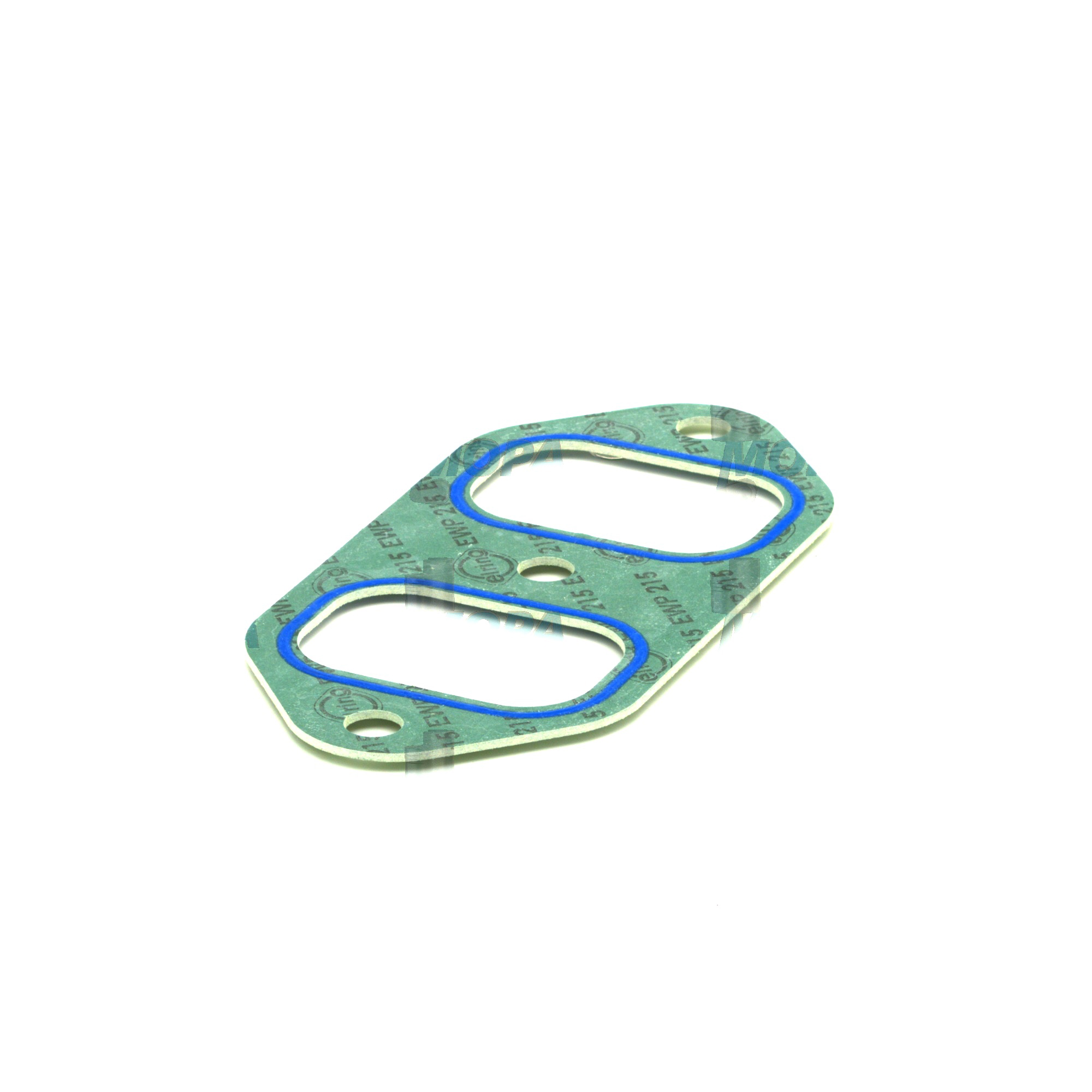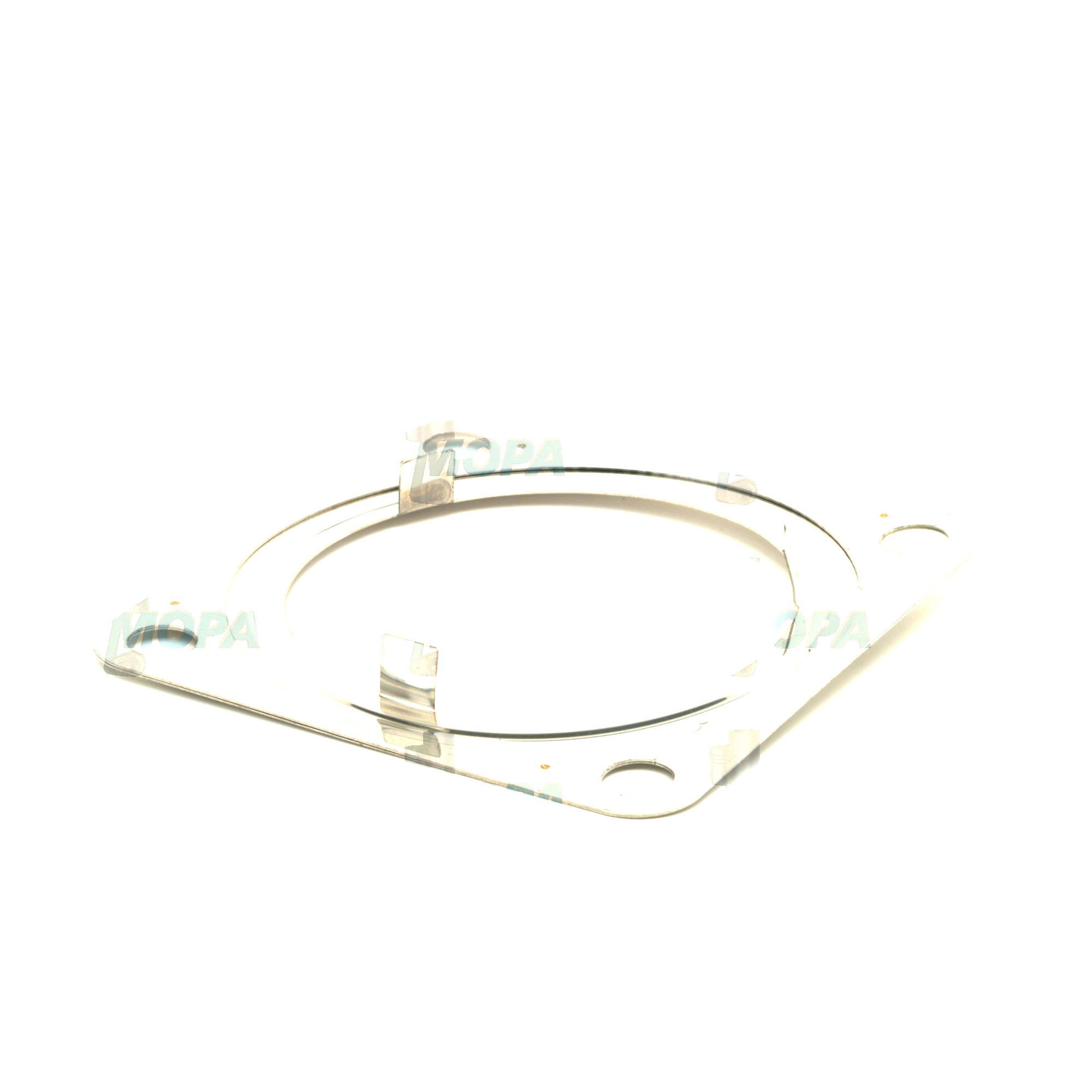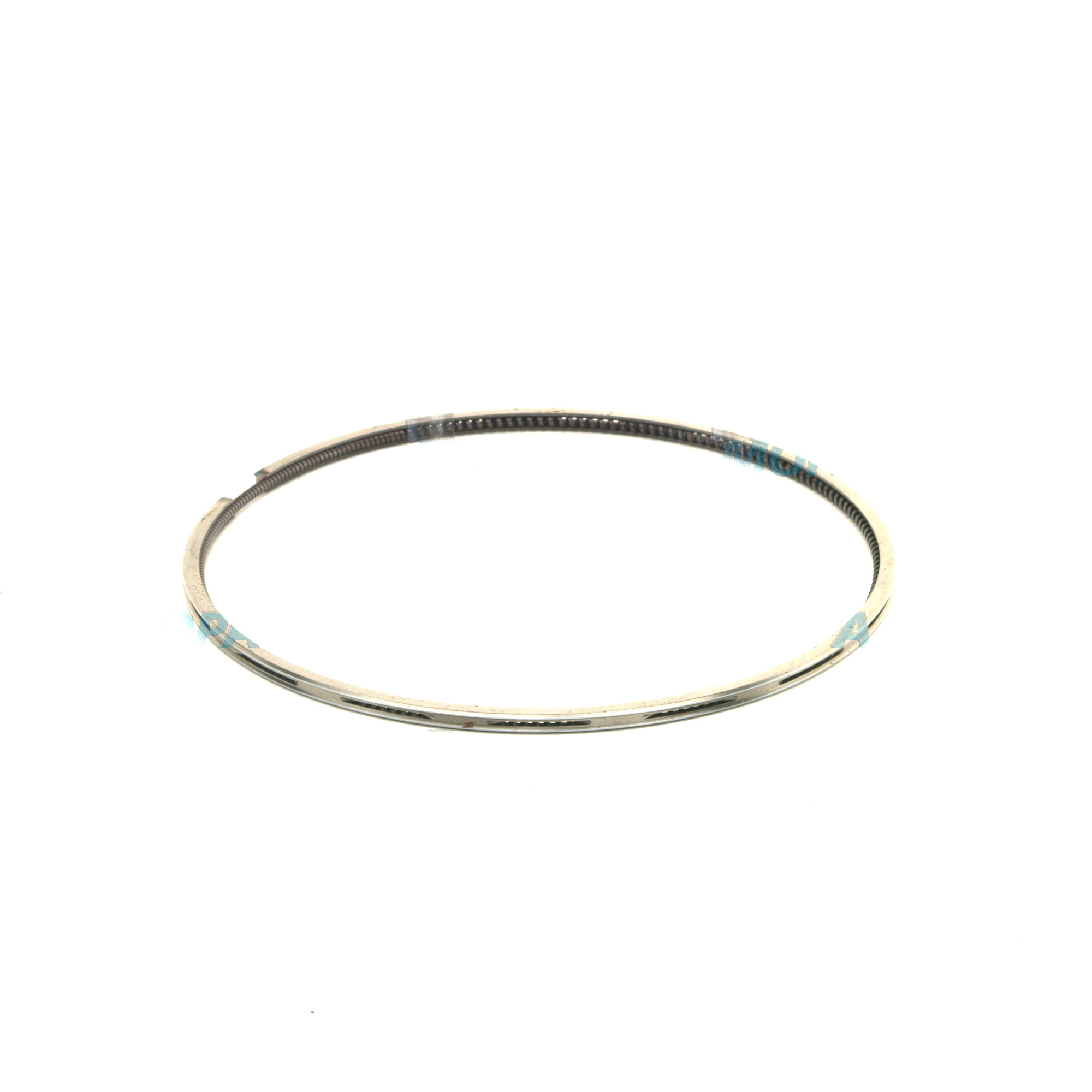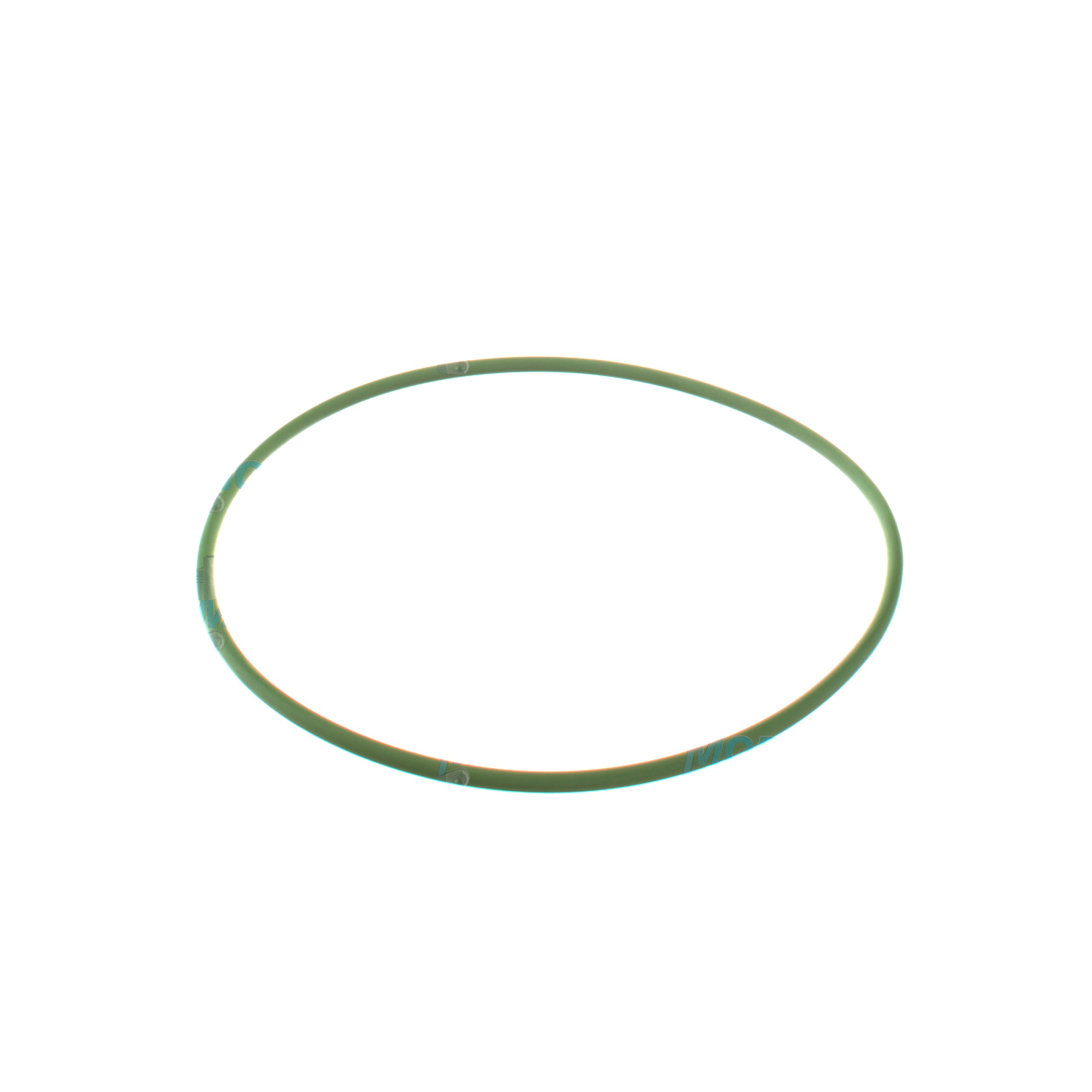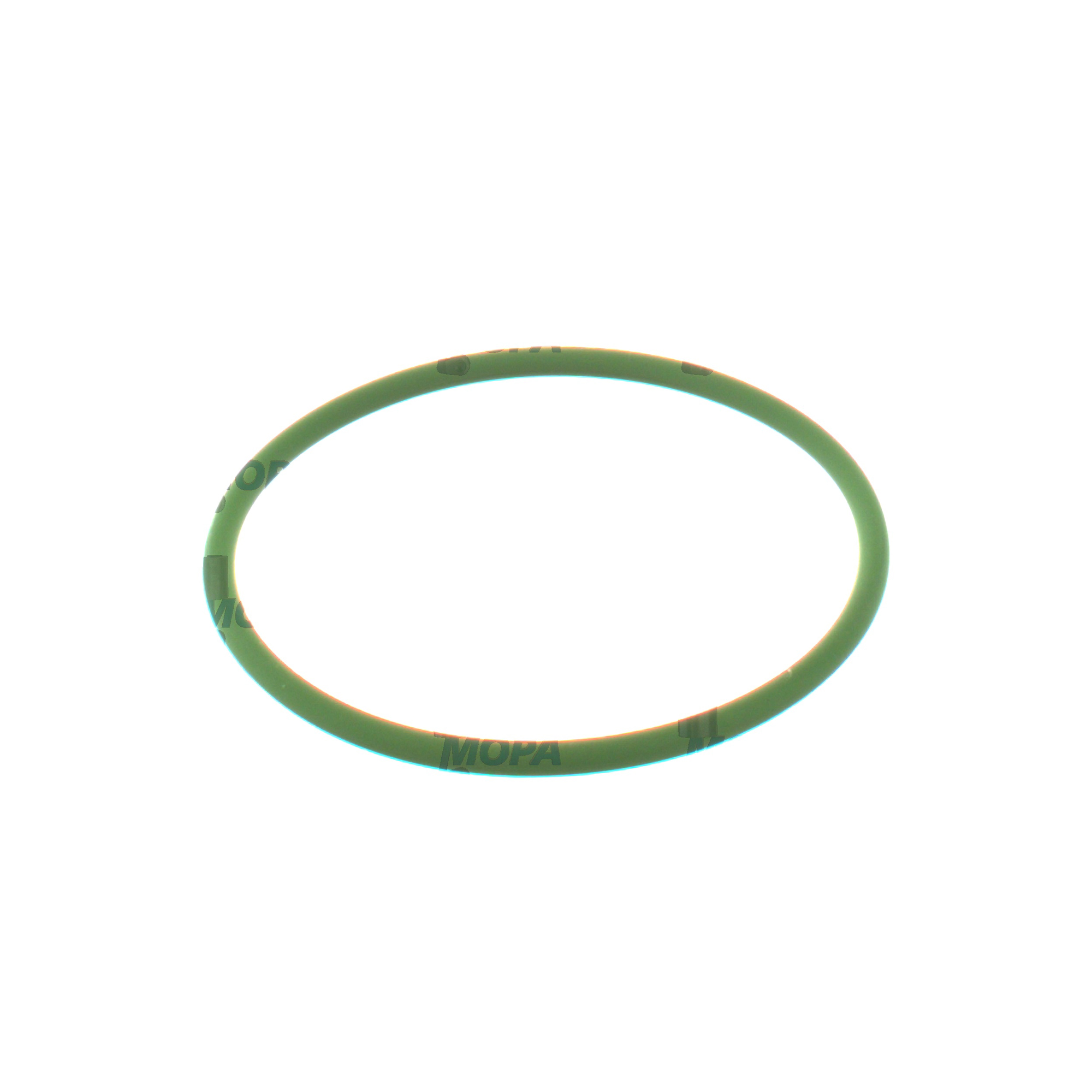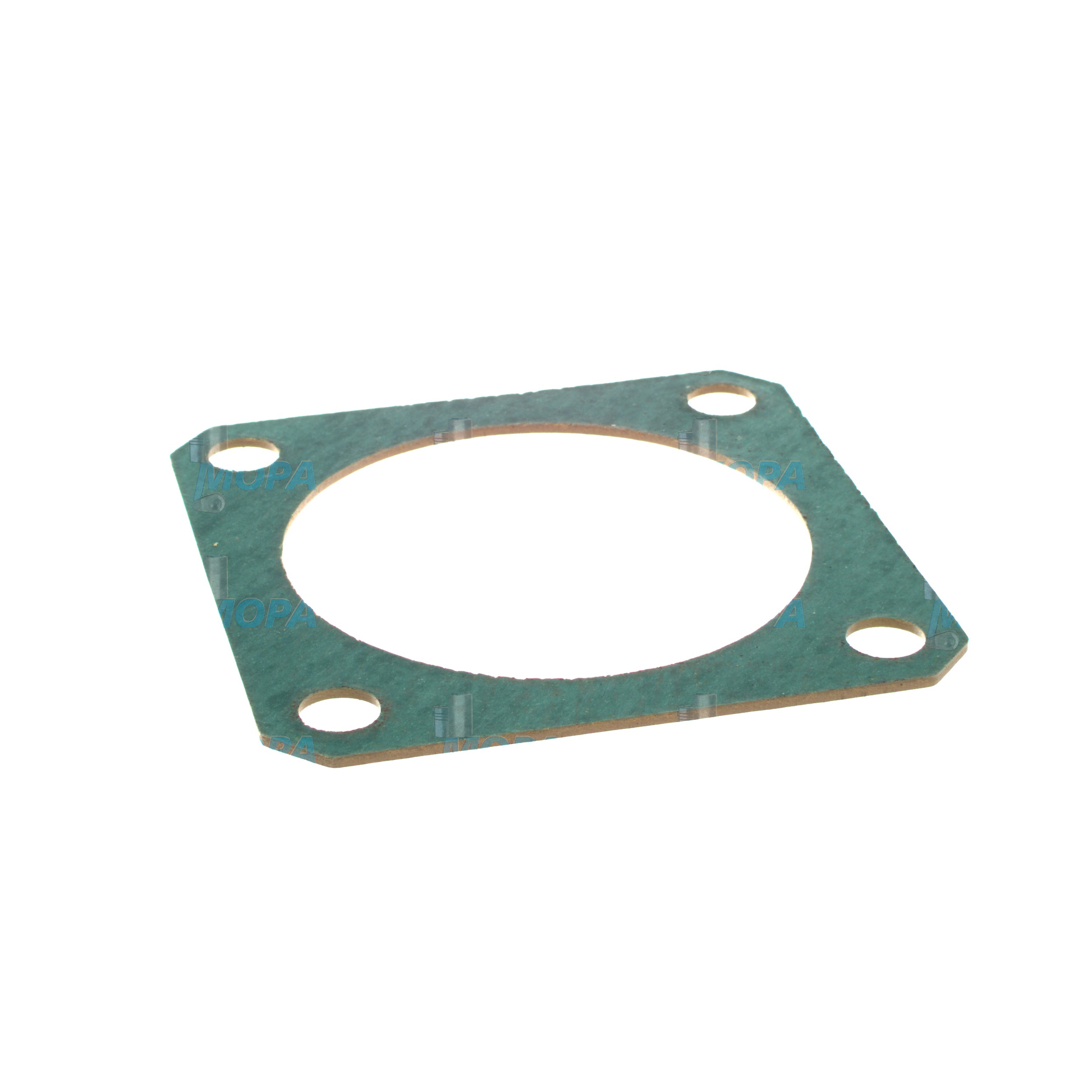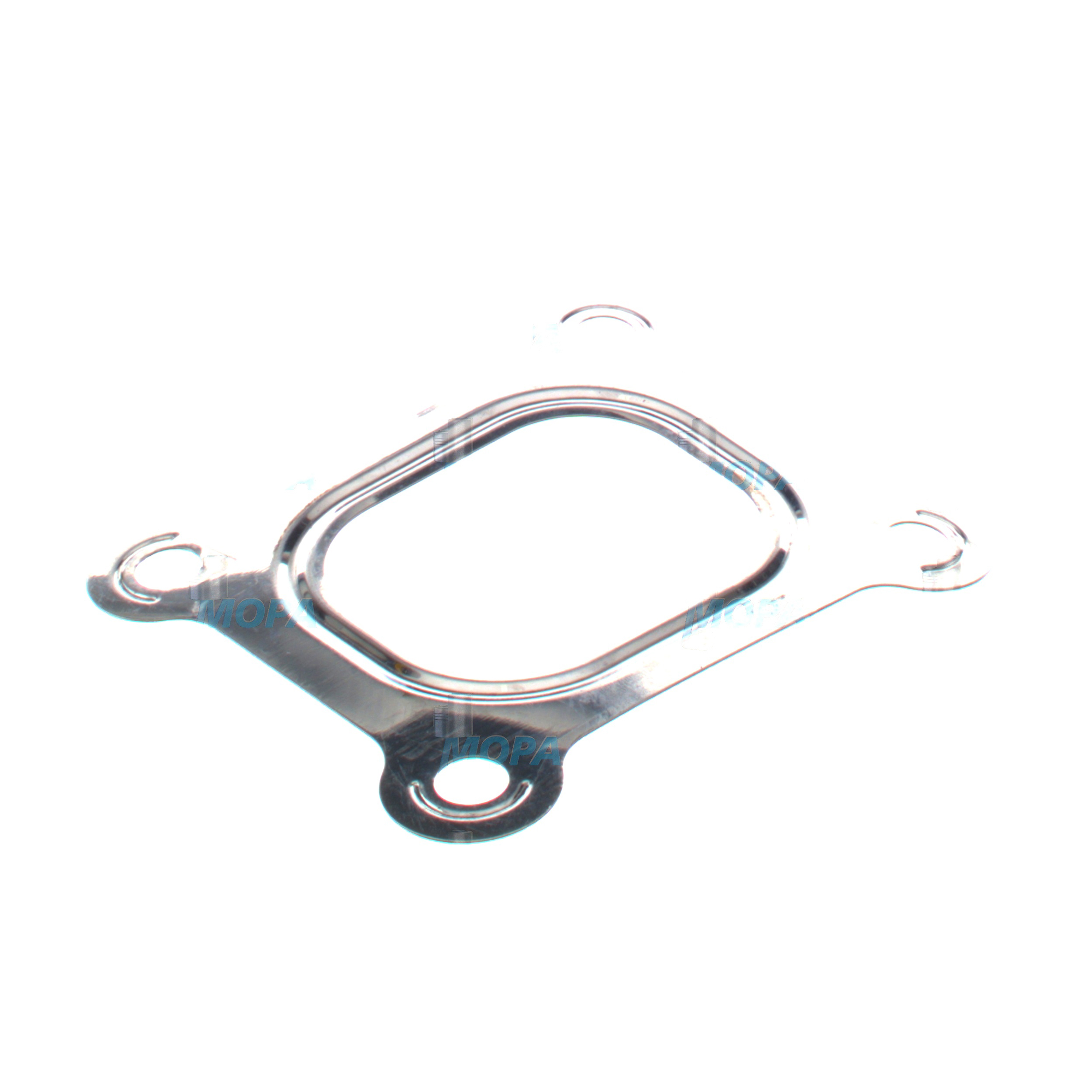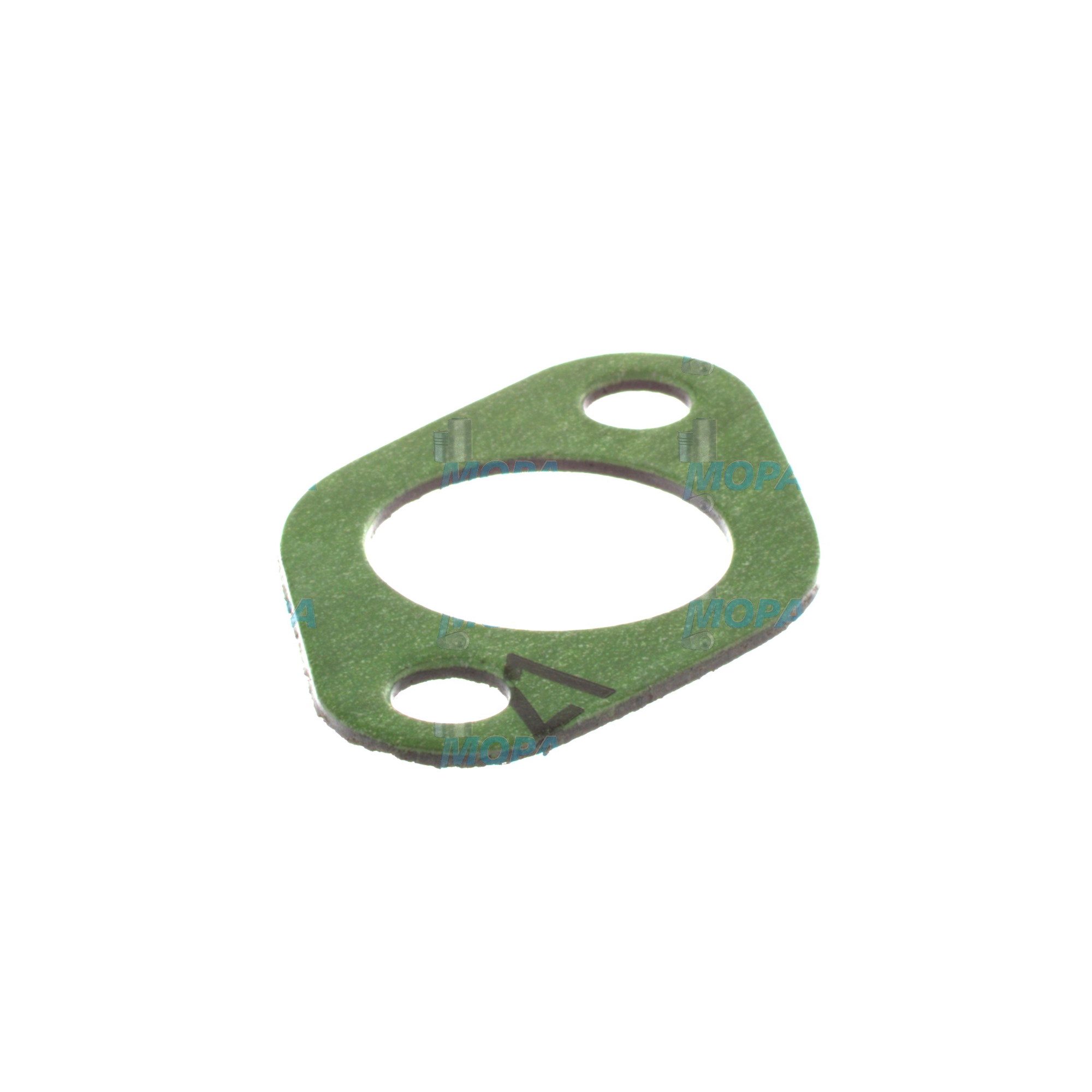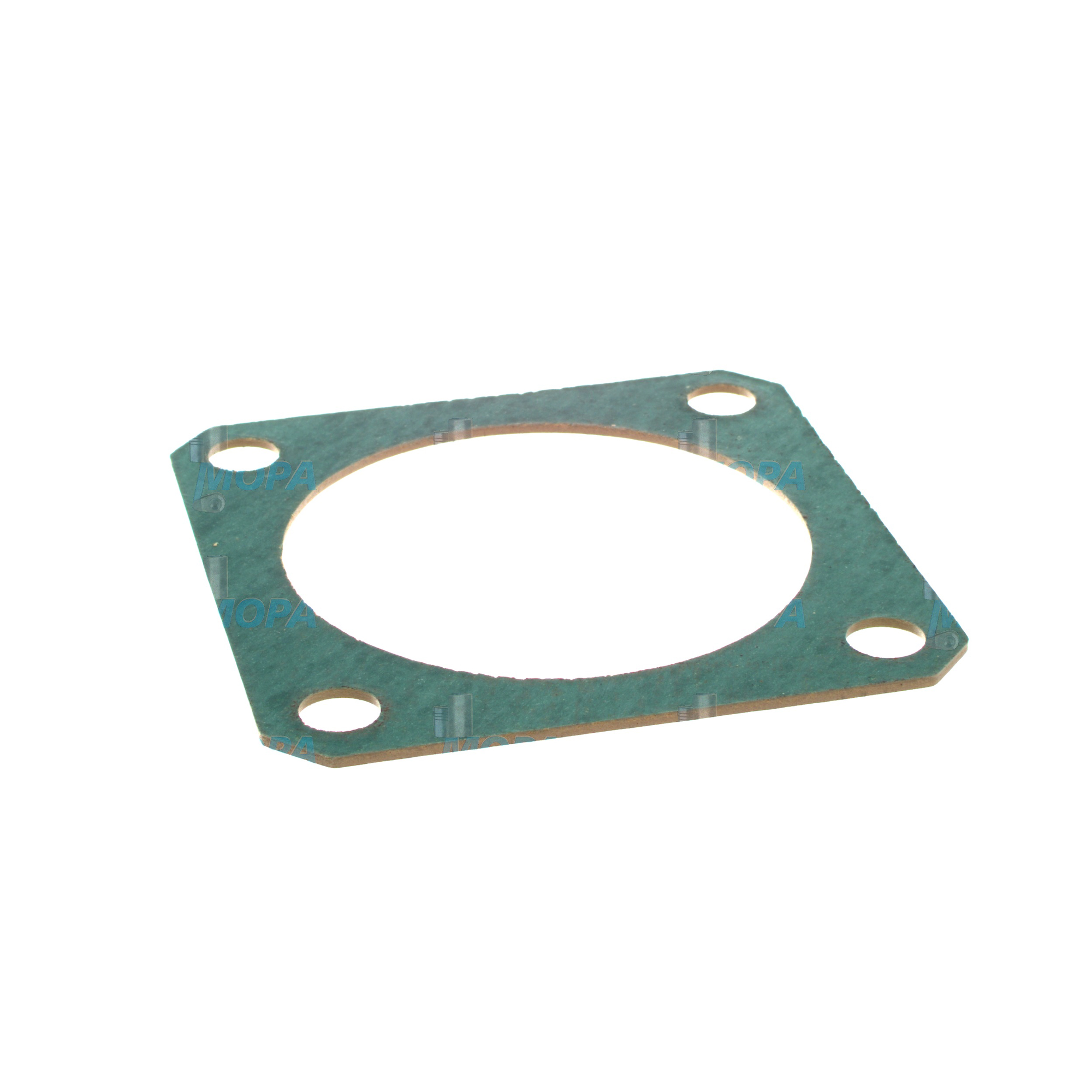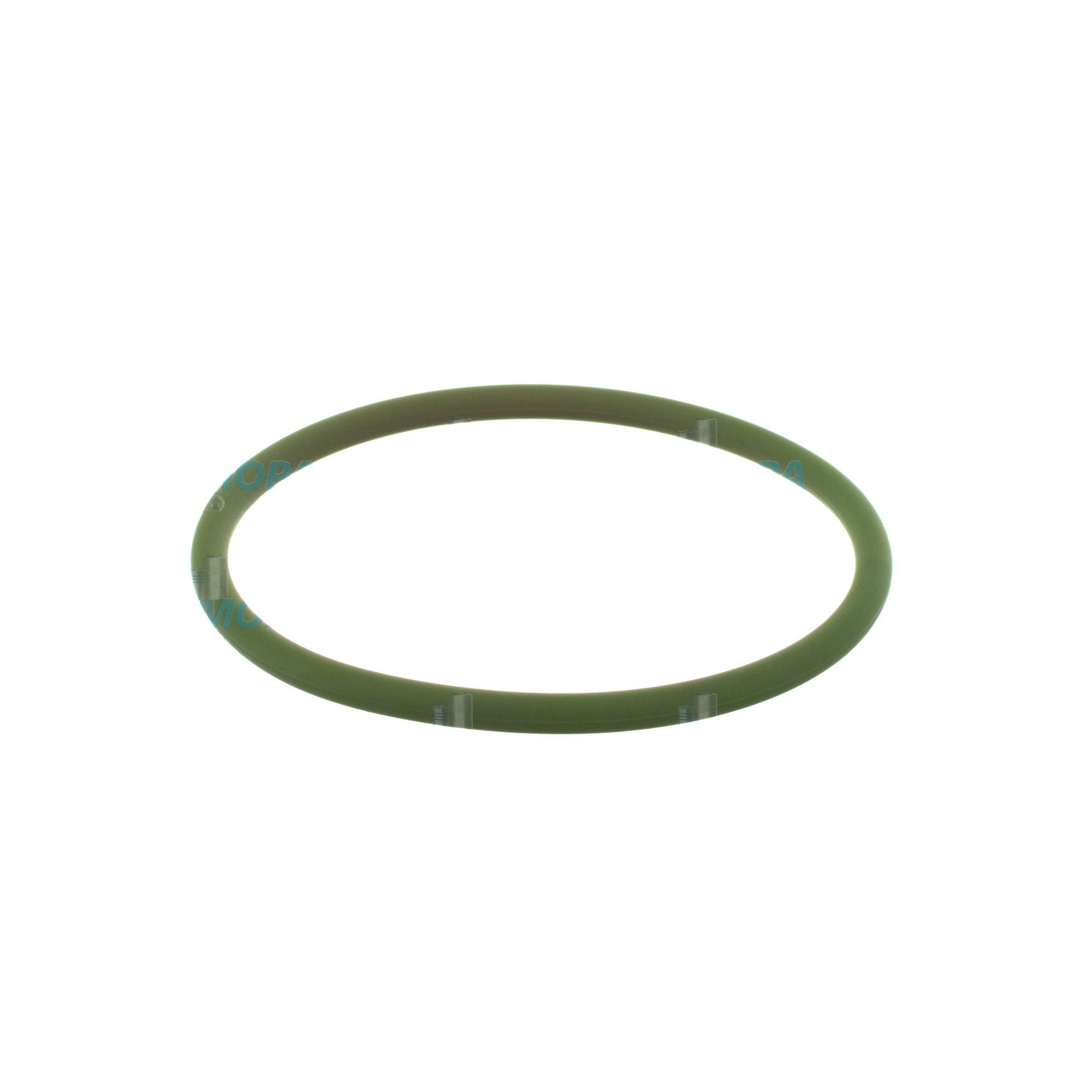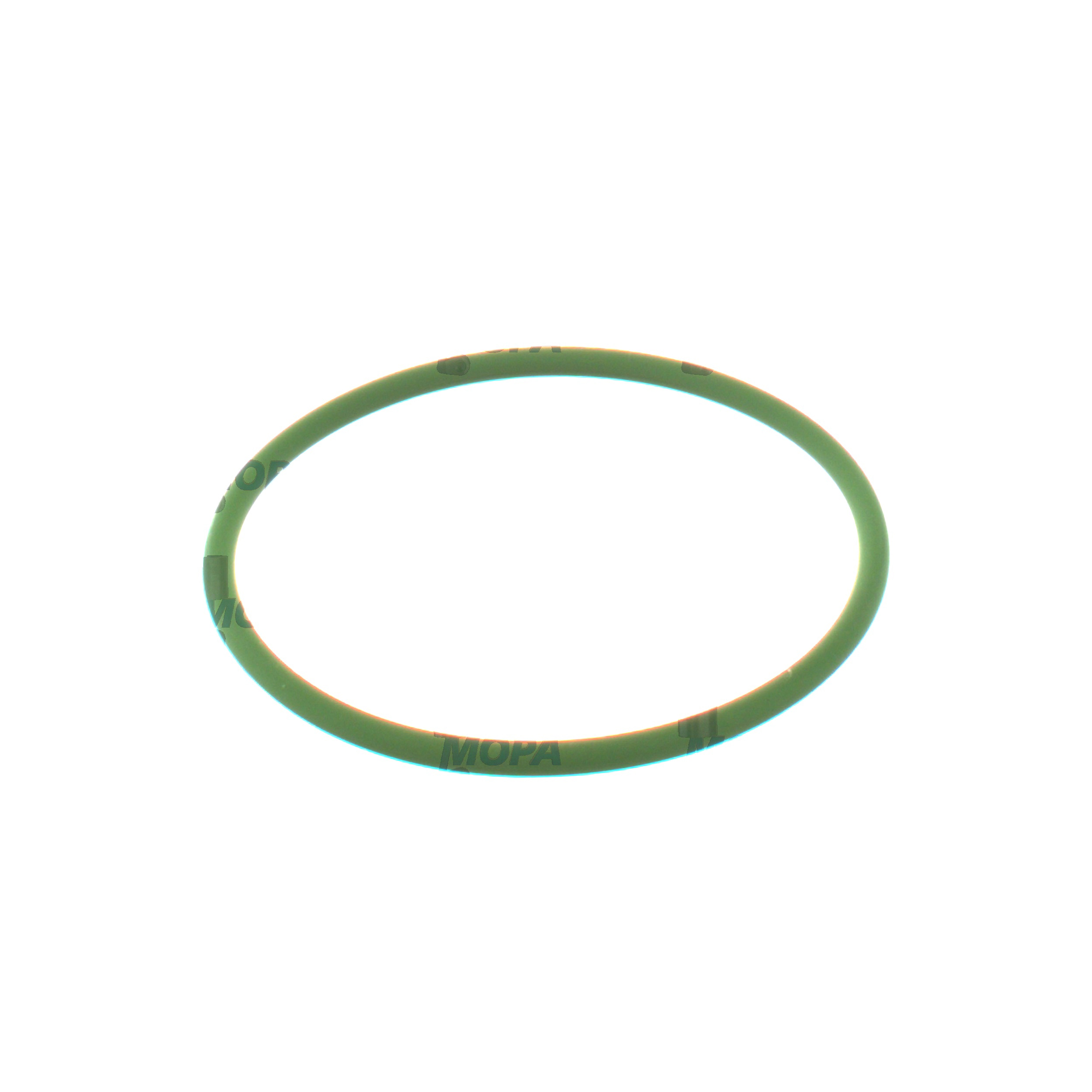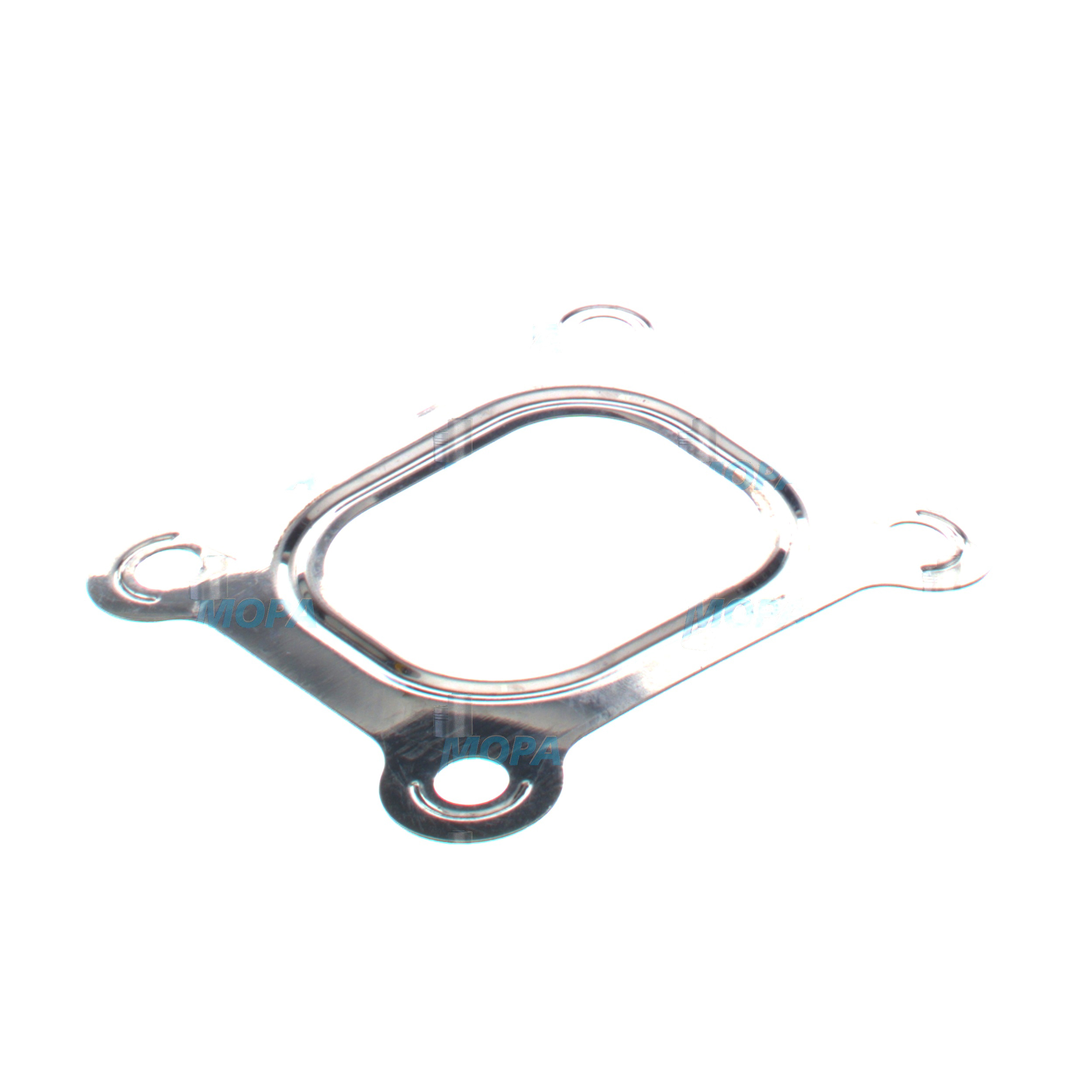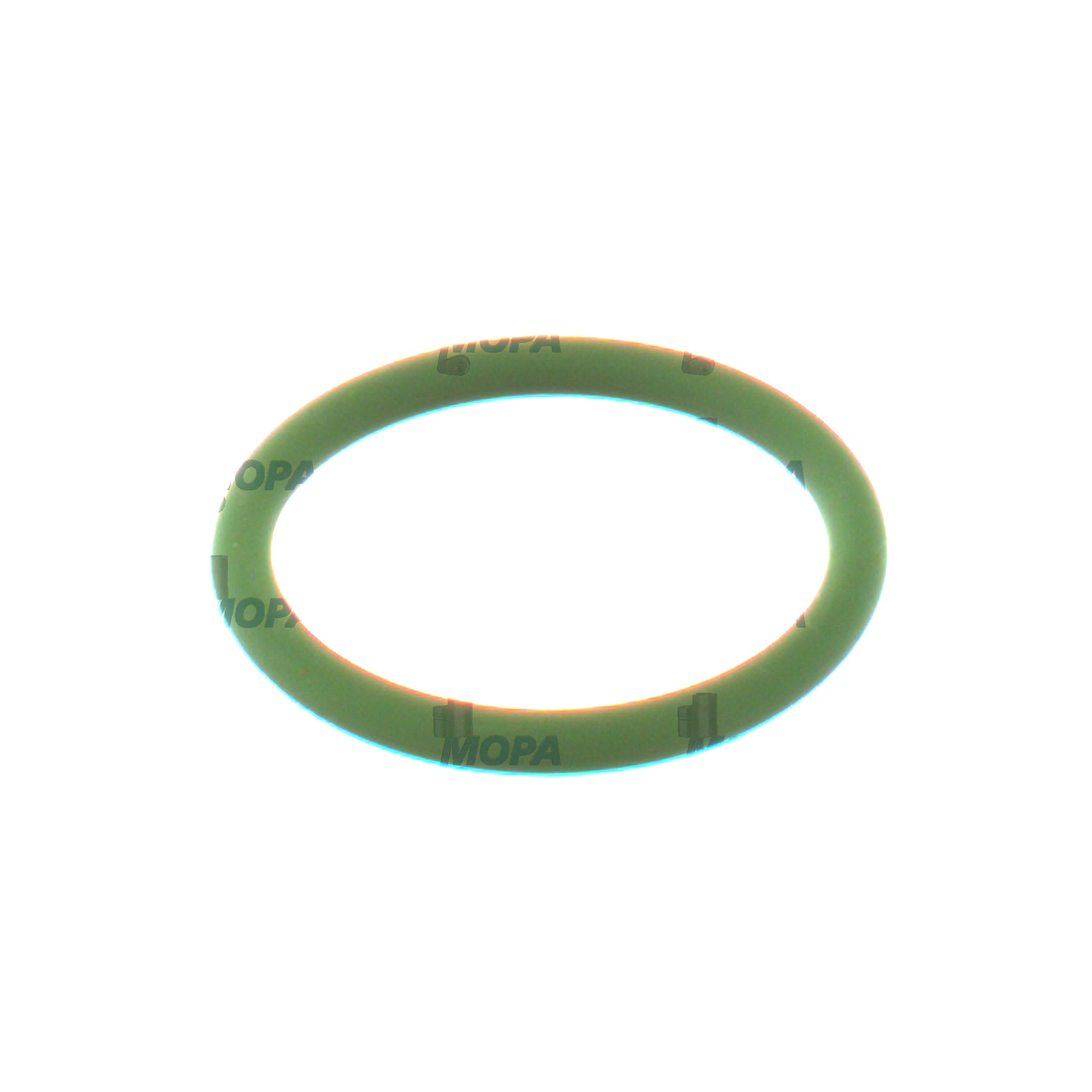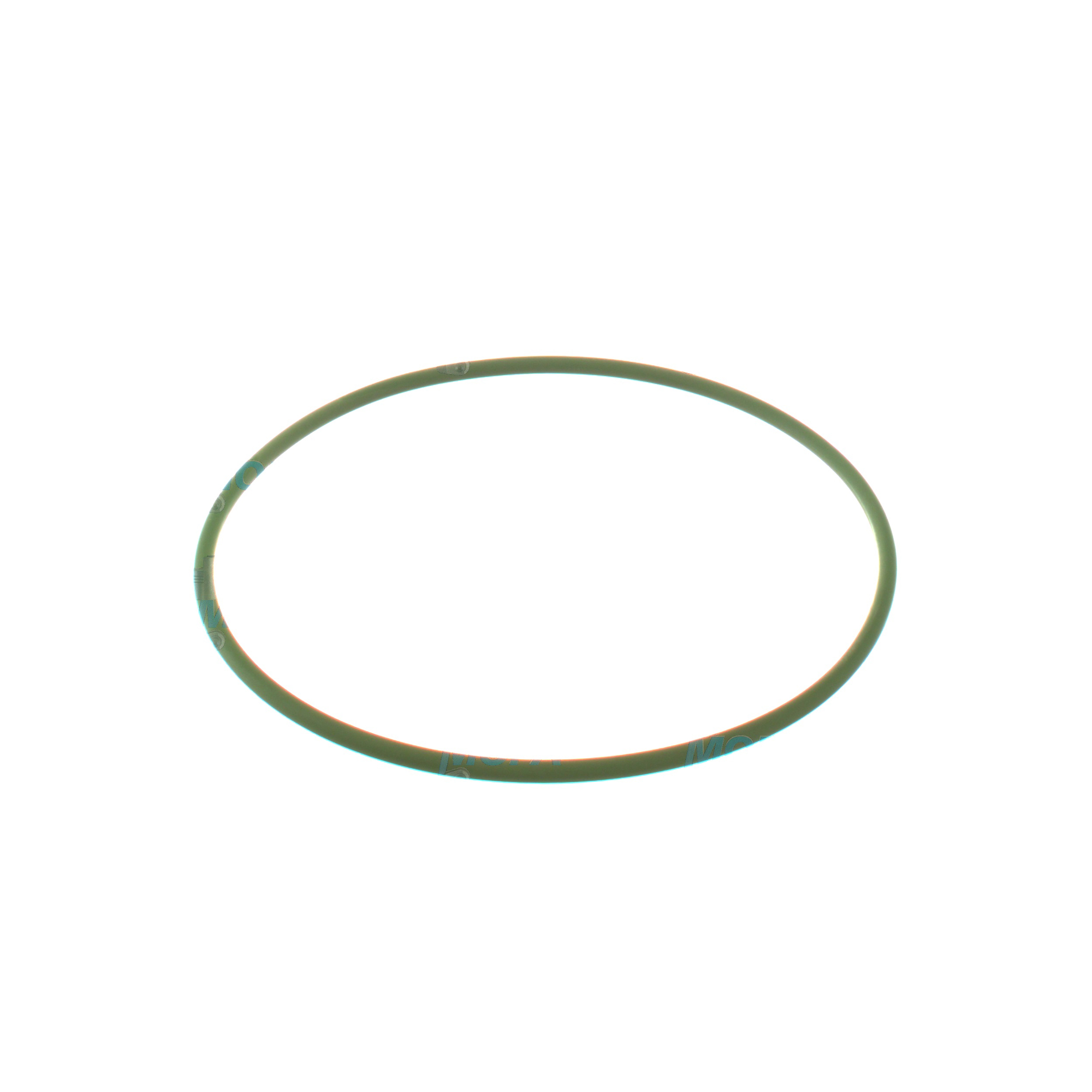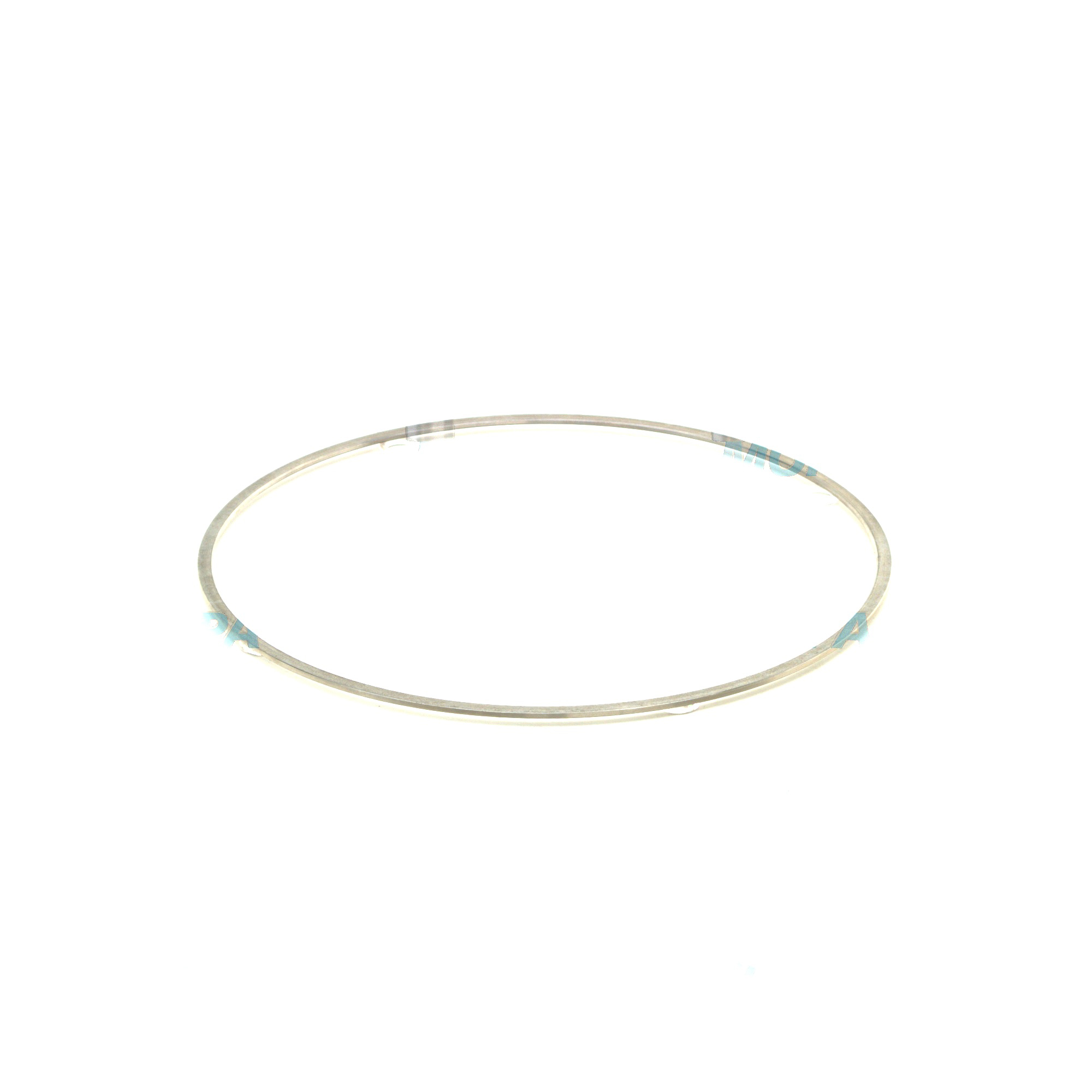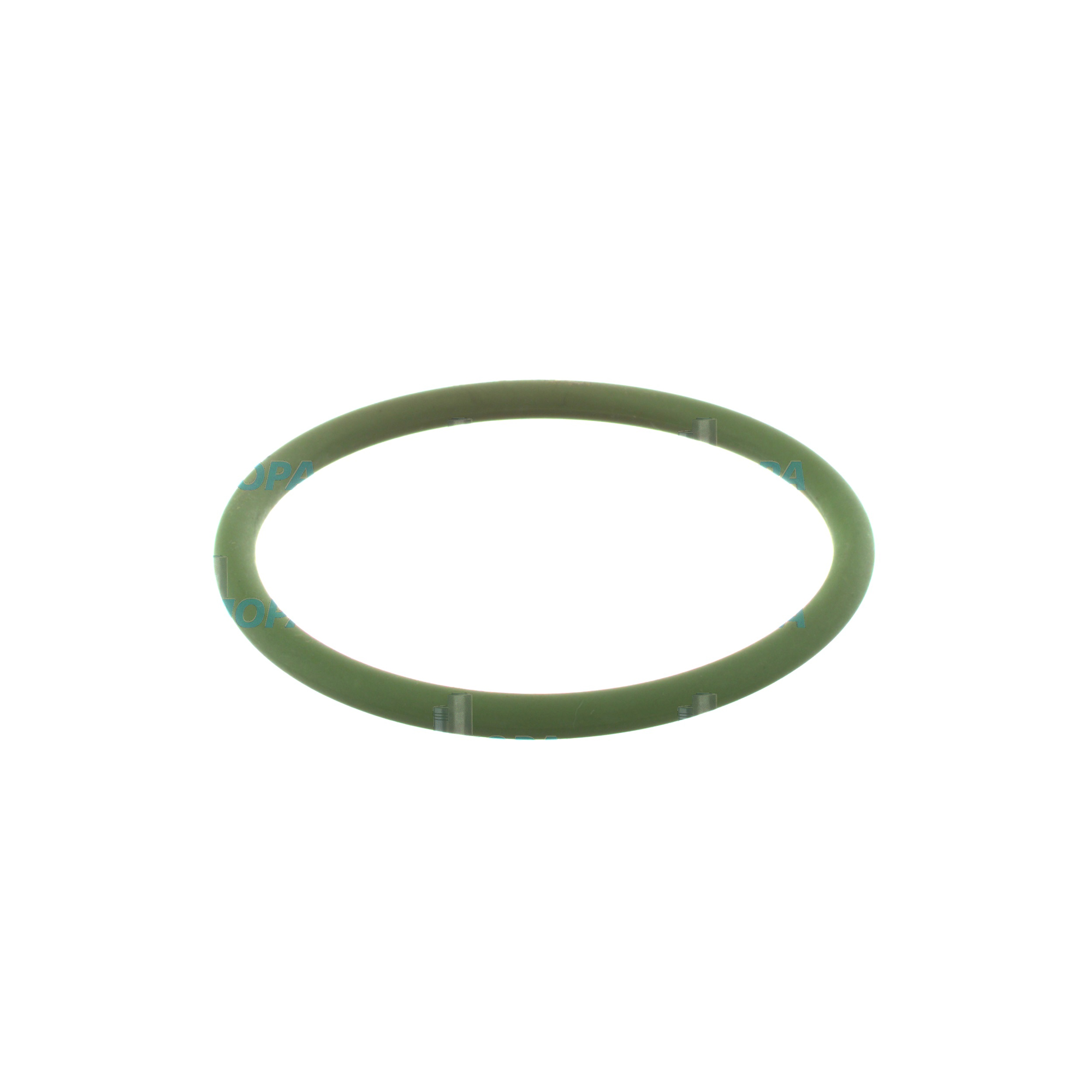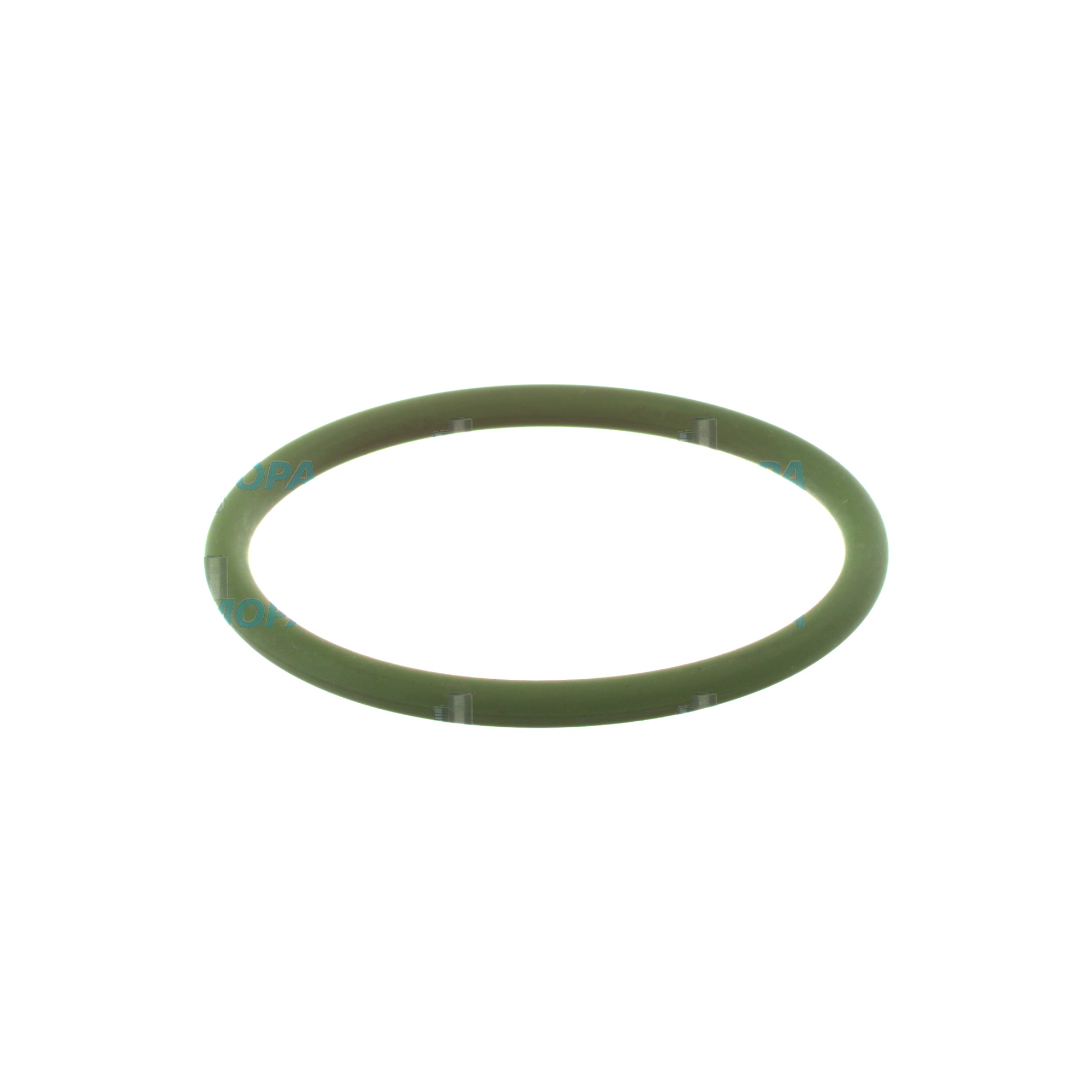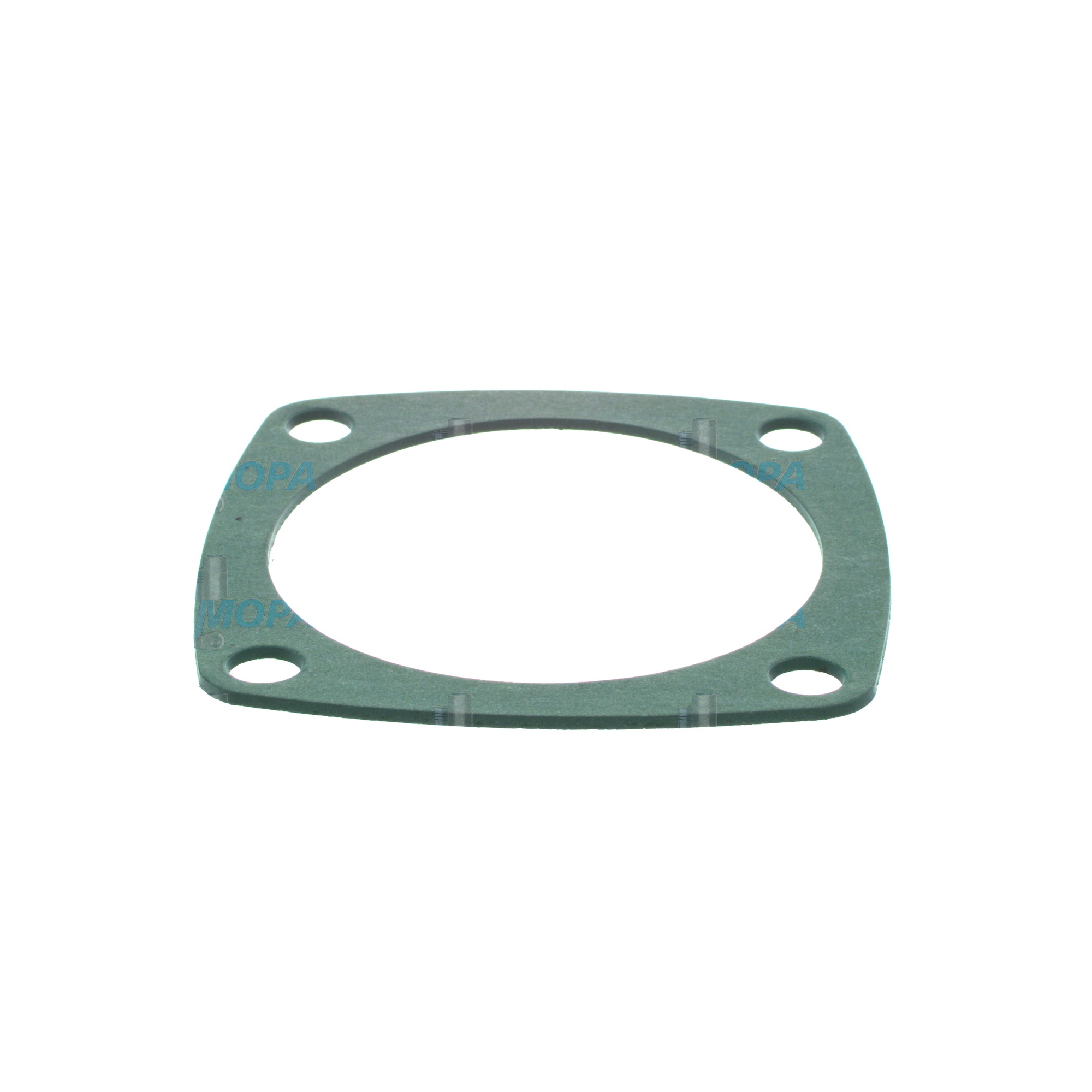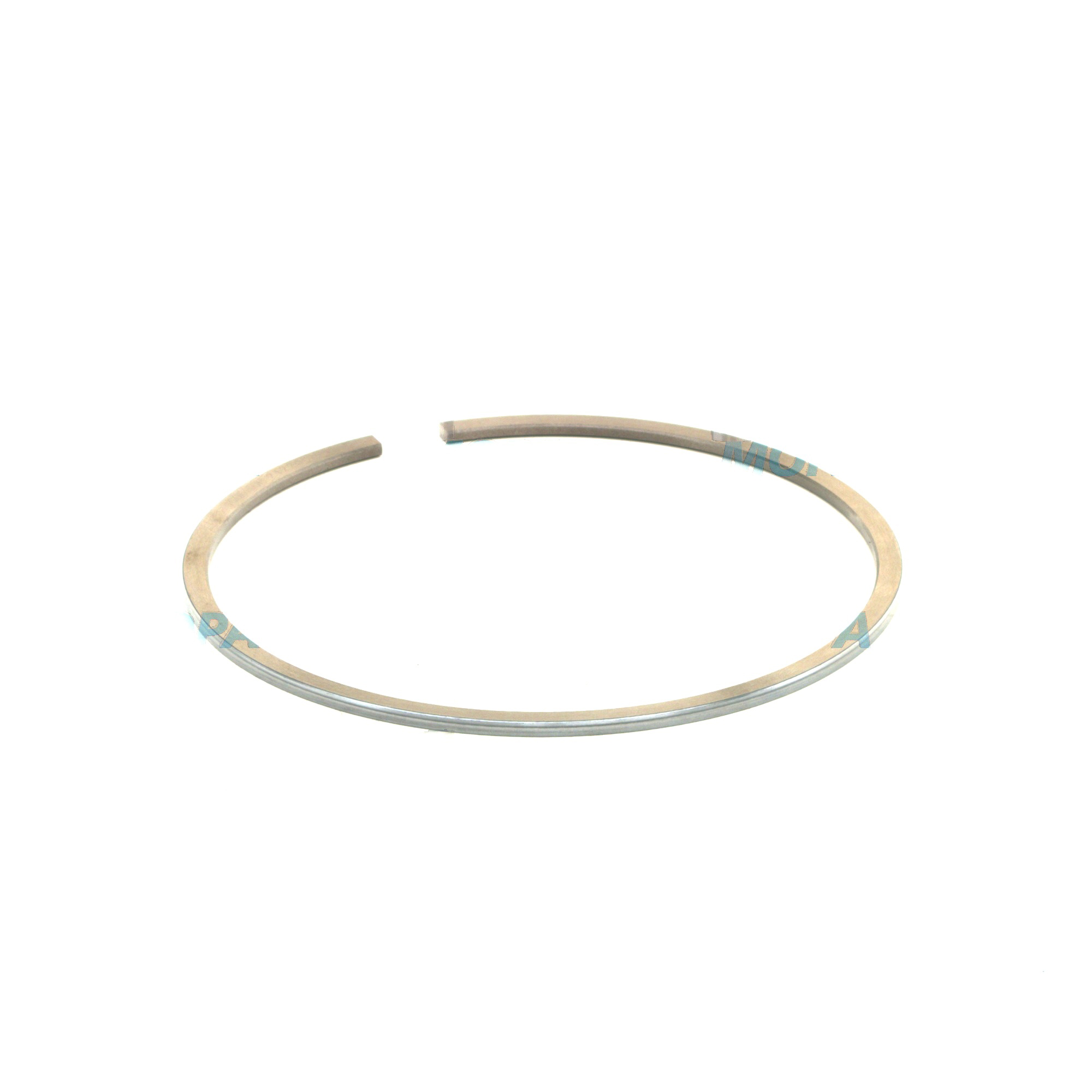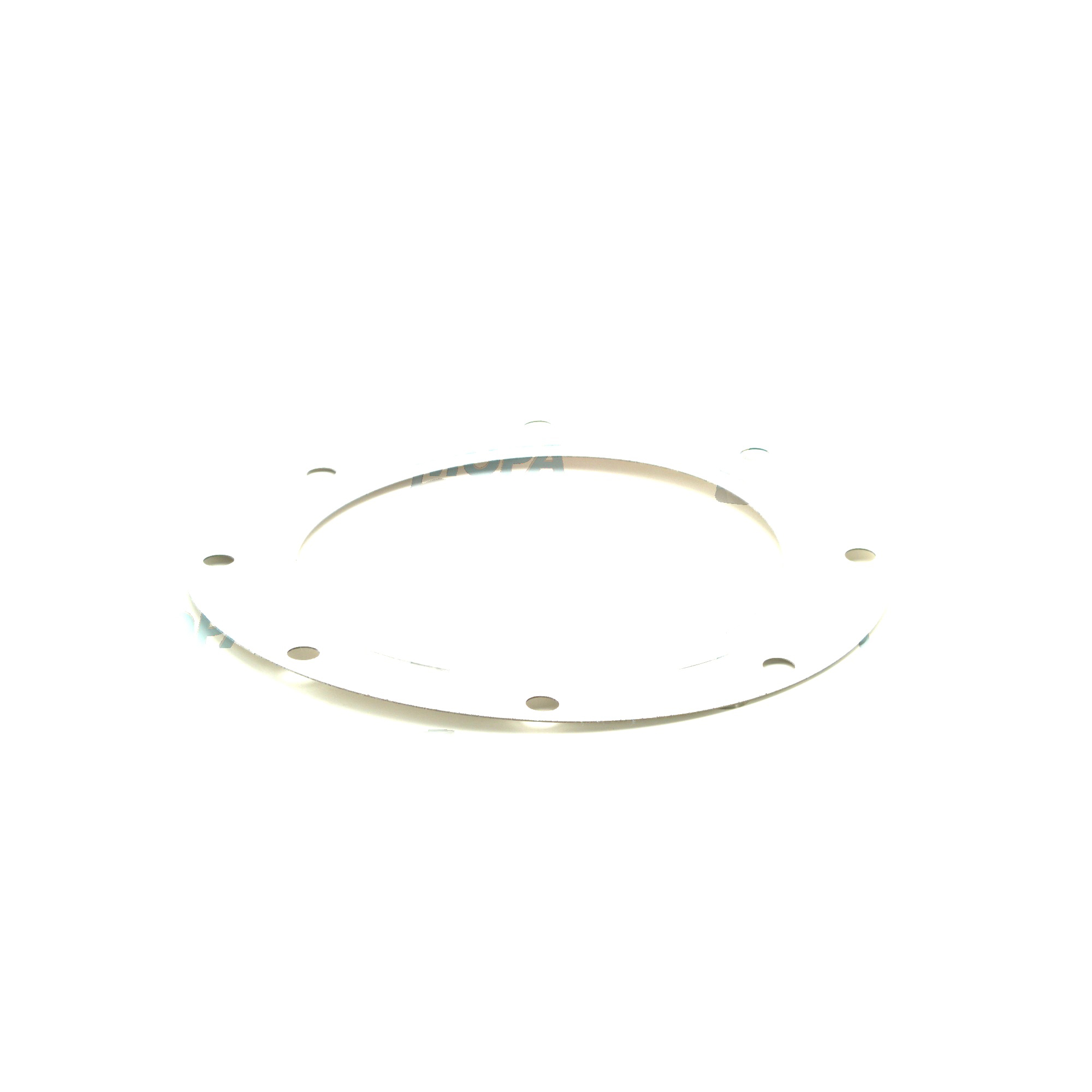TCD2020 diesel engine for demanding marine and stationary duty
The TCD2020 stands out as a powerful, efficient, and serviceable high-speed diesel platform that meets the needs of operators who demand dependable performance and low lifecycle cost. While it belongs to the 2020 DIESEL series associated with MWM & Deutz, the focus here is the TCD2020 itself: a versatile workhorse that combines robust mechanical design with modern electronic control for precise fuel delivery and clean combustion. Whether installed as a TCD2020 marine engine or configured for power generation, this engine type is valued by shipowners, EPC firms, and plant operators for its balance of power density, fuel economy, and maintainability.
Engine builders and integrators appreciate that the TCD2020 integrates seamlessly into propulsion, auxiliary, and genset packages. Electronic management optimizes performance across variable loads, while heavy-duty components extend service intervals. With well-matched turbocharging and charge-air cooling, the TCD2020 diesel engine delivers stable output in hot ambient conditions and under continuous high load — exactly what mission-critical operations require.
TCD2020 technical characteristics and performance
Configured for marine propulsion, auxiliary generation, or stationary duty, the TCD2020 is typically offered in multi-cylinder arrangements (commonly V-type 12- and 16-cylinder configurations) with four-stroke, turbocharged, and charge-air-cooled architecture. Electronic high-pressure fuel injection and an engine control unit provide optimized timing, cylinder balancing, and protection functions. Depending on configuration and application, typical ratings for a TCD2020 diesel engine are in the range of approximately 800–1,800 kW at 1,500–1,800 rpm, with displacement scaling proportionally to cylinder count. The design emphasizes a rigid crankcase, replaceable wet liners, and thermally robust valve and piston materials for long service life under heavy cycling.
Class-approved safety and emission options are available for the TCD2020 marine engine, including configurations that enable compliance strategies for IMO Tier II/III when integrated with suitable aftertreatment. For stationary power, the TCD2020 can be tuned for prime or standby ratings, with fast transient response and stable frequency regulation when used as a genset prime mover. Noise and vibration characteristics are controlled via optimized firing order, torsional vibration analysis, and isolator packages, simplifying integration into vessels and plant rooms.
- · V-type multi-cylinder architecture for high power density
- · Turbocharged and charge-air-cooled for efficiency and durability
- · Electronic fuel management for precise control and low emissions
- · Typical output range: ~800–1,800 kW at 1,500–1,800 rpm
- · Suited for propulsion, auxiliary gensets, and stationary power
- · Robust crankcase and wet liners for extended service life
- · Flexible control interfaces for modern vessel and plant systems
Applications of the TCD2020 marine engine and stationary diesel engine
In marine environments, the TCD2020 is frequently selected for workboats, offshore support vessels, harbor tugs, fishing vessels, and coastal cargo or passenger craft — either as a main propulsion engine or as an auxiliary generator driving onboard systems. The combination of compact dimensions and strong torque across the mid-range enables efficient acceleration and reliable station-keeping. For ferries and patrol craft, the TCD2020 marine engine offers repeatable performance under frequent load changes and quick restarts.
On land, the TCD2020 is well suited to industrial and utility power generation. As a genset driver, the engine provides dependable prime power in remote operations (mining, construction, oil and gas) and stable standby power for data centers, hospitals, and critical infrastructure. In combined power packages, the TCD2020 diesel engine can be integrated with heat-recovery systems, and its control architecture supports grid synchronization, droop control, and remote monitoring. Across these environments, purchasers value the availability of TCD2020 OEM parts, straightforward service procedures, and broad service networks that reduce downtime.
OEM spare parts suitable for TCD2020 — performance, reliability, and service life
For any high-output engine, component precision is decisive. OEM spare parts suitable for TCD2020 are engineered to the same dimensional and material specifications as the components used during engine assembly. That means piston crowns, liners, injection nozzles, fuel pumps, turbocharger cartridges, charge-air coolers, gasket sets, and sensors fit correctly and function as the engine control unit expects. This precision helps maintain combustion quality, preserves shaft-line torsional behavior, and protects bearings and valve gear, keeping the TCD2020 operating within design parameters.
Using OEM spare parts suitable for TCD2020 supports consistent emissions performance and fuel efficiency across service intervals. Calibrated injectors retain spray patterns and flow rates, avoiding over-fueling and hot spots. Correctly matched turbo components preserve boost maps and compressor efficiency. Sealing components with validated compounds resist thermal cycling and marine atmospheres, reducing the risk of leakage and unscheduled stoppages. Over the lifecycle, the result is higher availability and predictable maintenance planning.
MOPA is a reliable partner for OEM spare parts suitable for TCD2020. With fast access to critical components, documentation alignment by engine serial number, and kitting services for scheduled overhauls, MOPA helps operators keep the TCD2020 diesel engine on-line and compliant. From routine filter and sensor replacements to major overhauls involving pistons, liners, and cylinder heads, MOPA supports purchasers and superintendents with technical clarity and efficient logistics.
TCD2020 OEM parts sourcing and technical support
Procurement teams benefit from consolidated deliveries and traceable documentation. MOPA can assist with parts identification, recommend preventive replacement intervals aligned to load profiles, and coordinate delivery windows to match dry-dock or plant outage schedules. This reduces administrative effort and minimizes the time a TCD2020 marine engine or stationary unit spends off-hire. When combined with condition monitoring, using OEM spare parts suitable for TCD2020 enables data-driven maintenance strategies that preserve engine health.
Conclusion: The TCD2020 combines robust mechanical design with precise electronic control, making it a dependable choice for propulsion, auxiliary power, and industrial generation. Its efficiency, power density, and serviceability explain why the TCD2020 remains a favored solution among technical decision-makers. To protect performance and availability, MOPA supplies OEM spare parts suitable for TCD2020, ensuring that every maintenance action supports long engine life and stable operations.

